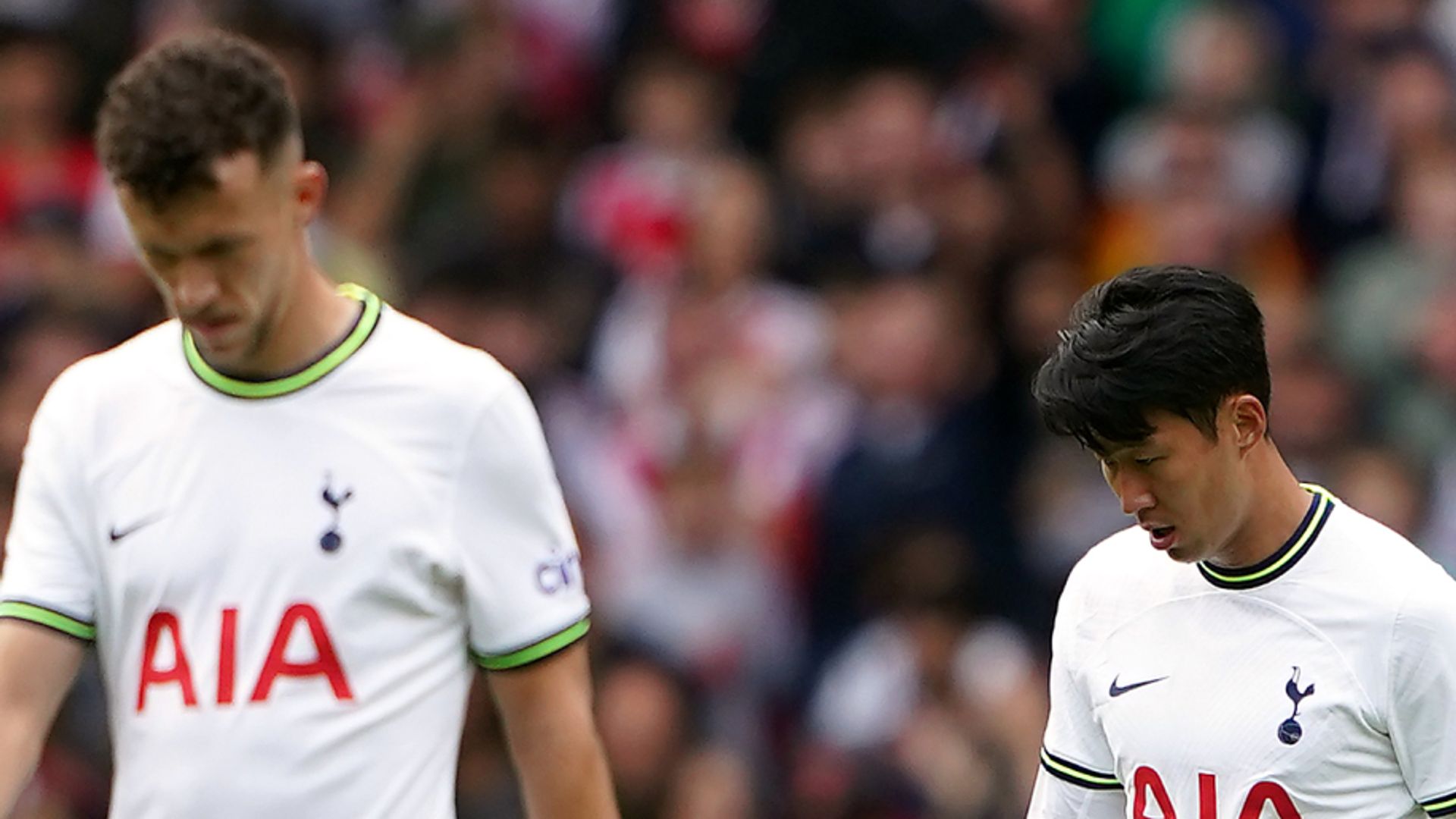Can Philadelphia Help Explain America’s Homicide Surge?
A microcosm of the nation's gun violence epidemic, Philadelphia demonstrates what can happen if the right policies are in place, and what can go wrong, reports Pro Publica.

Since the nationwide homicide rate jumped 25 percent in 2020, taking it back to where it was in the late 1990s, many cities this year are on track to be even worse than last year, prompting questions into the idea of focused deterrence and how it resulted in years of lowered crime rates in Philadelphia, reports ProPublica. Modeled on criminologist David Kennedy’s work in Boston, Cincinnati and other cities, focused deterrence involves authorities focusing outreach on the small groups of young men deemed most troublesome or at risk. The idea, and others associated with it, was embraced by then-Mayor Michael Nutter and Commissioner Charles Ramsey.
As police became more restrained in their stops, the city’s homicide tally fell to levels not seen in decades. Caterina Roman, a professor of criminal justice at Temple University in Philadelphia, remains convinced that the gains in Philadelphia were partly the result of the evidence-based approaches being taken. For Roman, it all comes down to leaders and their policies. “These strategies were just phased out with new leadership there,” she said. See also: Reducing Violence: Why Simple Solutions Won’t Work.

 Landwebs
Landwebs 






















